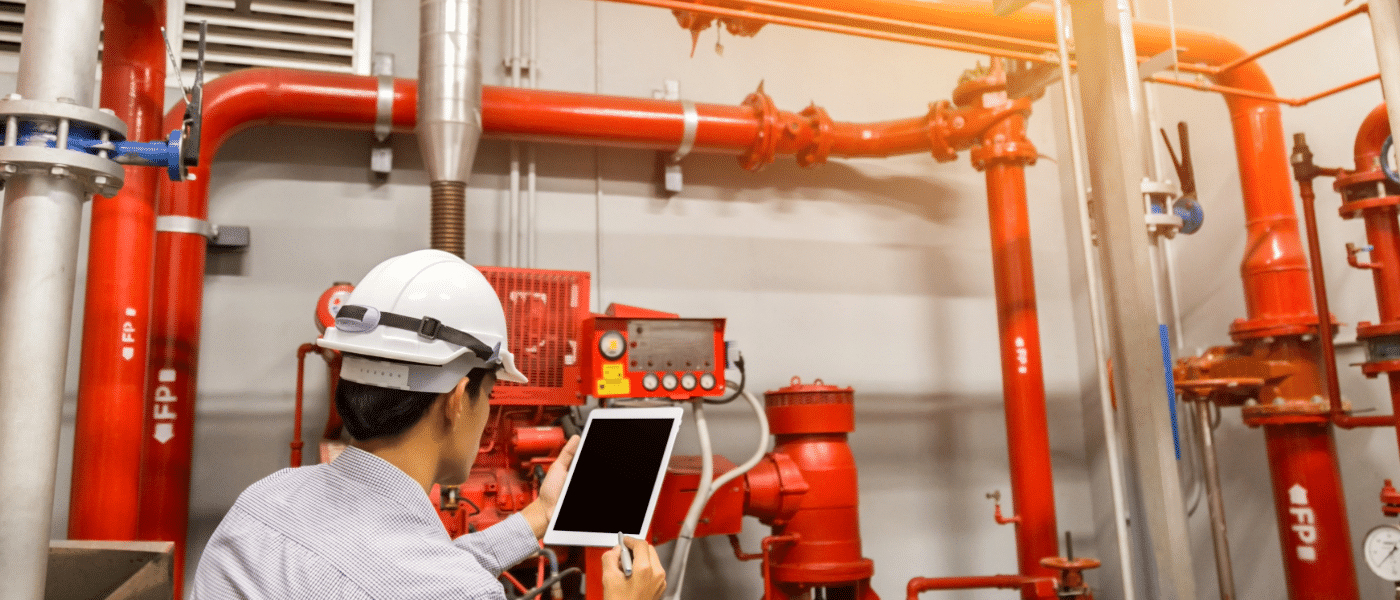Sustainable Pricing Starts with Your Sales Force

Achieving significant pricing gains can feel like a long, hard-fought battle. This makes it all the more satisfying when the numbers start to roll in, validating your efforts and proving without a doubt that profitability is attainable.
The thought of losing those gains may keep you up at night. What safeguards can you put in place to protect the gains you’ve achieved and prevent your company from sliding back into past poor pricing habits?
It all starts with building a confident sales force.
1. Handling Customer Pushback
No one wants to pay higher prices, ever. If you recently increased prices or are planning to do so, at least some segment of customers won’t be happy with the change. Know that they will push back. After all, that’s what their purchasing staff gets paid to do. And that’s OK.
Just because they push back doesn’t mean you have to cave in.
A well-trained sales force will be able to hold their ground, resist the pushback and effectively explain to the customer exactly why the price change is necessary and unavoidable.
However, if your sales force is not well-trained—if they are not fully informed about the price change and equipped to discuss it—you’ll likely have some issues on your hands.
2. Communicating Value
Strong companies price according to value. They’re not worried about losing business to the competition because they know they deliver far more value than the competition could ever hope for.
A sales force that is confident in your value proposition can communicate this value effectively. But they need your help to find this confidence. Your sales team needs to be equipped for these conversations, both with hard numbers and high-level messaging.
Data. Quantify your value claims. Your proof might include value calculators, quality metrics, on-time delivery rates, gains on a customer satisfaction index or any host of other value benchmarks.
Message. Document exactly how to articulate the value your company provides so your salespeople know exactly how to make the case for higher prices.
If your sales force believes in your value proposition, and if they are trained to sell a price increase in a clear and thoughtful way, they will be able to ask for and receive the right price—and they’ll be able to stand firm when asked for a concession.
3. The Flip Side of Confidence
Of course, all of this implies that your company does, in fact, deliver value. It’s critical that your quality, service and overarching customer experience be excellent. When this happens, it’s only natural to expect to be paid for it.
But if your company struggles with value—if you’ve had quality or service issues in the past—your salespeople will have doubts.
And if they have doubts, they’ll be more likely to act out of fear when a customer pushes back. They’ll be too afraid to stand their ground on the price increase because they’ll be afraid to lose the business.
If this is the case, it’s time to tackle the issue before your profitability goes out the window.
4. Ongoing Commitment to Training
Ultimately, you’ll find that investing in the confidence of your sales team is one of the smartest decisions you can make. But this is not a one-time event.
Price negotiations happen every time a sales representative talks with a customer, whether or not you or they realize it.
Therefore, you must have ongoing training.
To engage effectively in these continual price conversations, your sales force needs constant reinforcement on the value your company delivers. They need continual updates on the data that support your claims. And they need the freshest messaging and communication materials that will equip them to make the strongest case for a price increase.
If your company does not change prices frequently, the need for this ongoing training becomes even more imperative.
5. Measuring Results and Identifying Opportunities
But slips will happen even in the best-trained companies. Putting a process in place for tracking key metrics can serve as an early warning system to identify potential price leak threats.
As you analyze your price and profitability KPIs, drill down into your data and look for outliers.
It can help to segment the metrics that you track:
- By salesperson
- By territory
- By product line
- By product manager
This may help you understand what is really happening out in the field. You may find, for example, that more concessions are taking place in the Northeast relative to the rest of the country.
Armed with this information, you can look more closely at what is going on in that region. Is there a competitive reason there that warrants the concessions? For instance, has a competitor introduced a new product line that is undercutting yours?
Or is the problem internal? Is the product manager doing a good job communicating value to the sales team? Is this an opportunity to provide the sales team with additional training and support?
Not all price concessions are bad, but all blind price concessions certainly are. Once you start tracking pricing metrics at the appropriate level, you can begin to make accurate judgments about where price concessions are warranted and where they’re not to determine sustainable pricing.
6. The Value of a Pricing Partner
Analytics is one area where the right pricing partner can pay dividends. By helping you establish a system to appropriately and accurately measure price and profitability, you gain a truly granular view of your pricing strategy.
As a result, you can confidently make the right decisions on how to manage prices—deciding, for example, to raise them by 5 percent in Region A, 3 percent in Region B, and hold prices steady in Region C.
You’ll also be able to track against that plan. This allows you to identify gaps and the cause behind the gap so that you can take steps to remedy the gap if needed.
As with all things in business, what gets measured gets improved. If you turn pricing into your most rewarding profit lever, you need the right system in place to implement, communicate and track price changes.
Anything less than that almost guarantees your price gains will be temporary at best.


